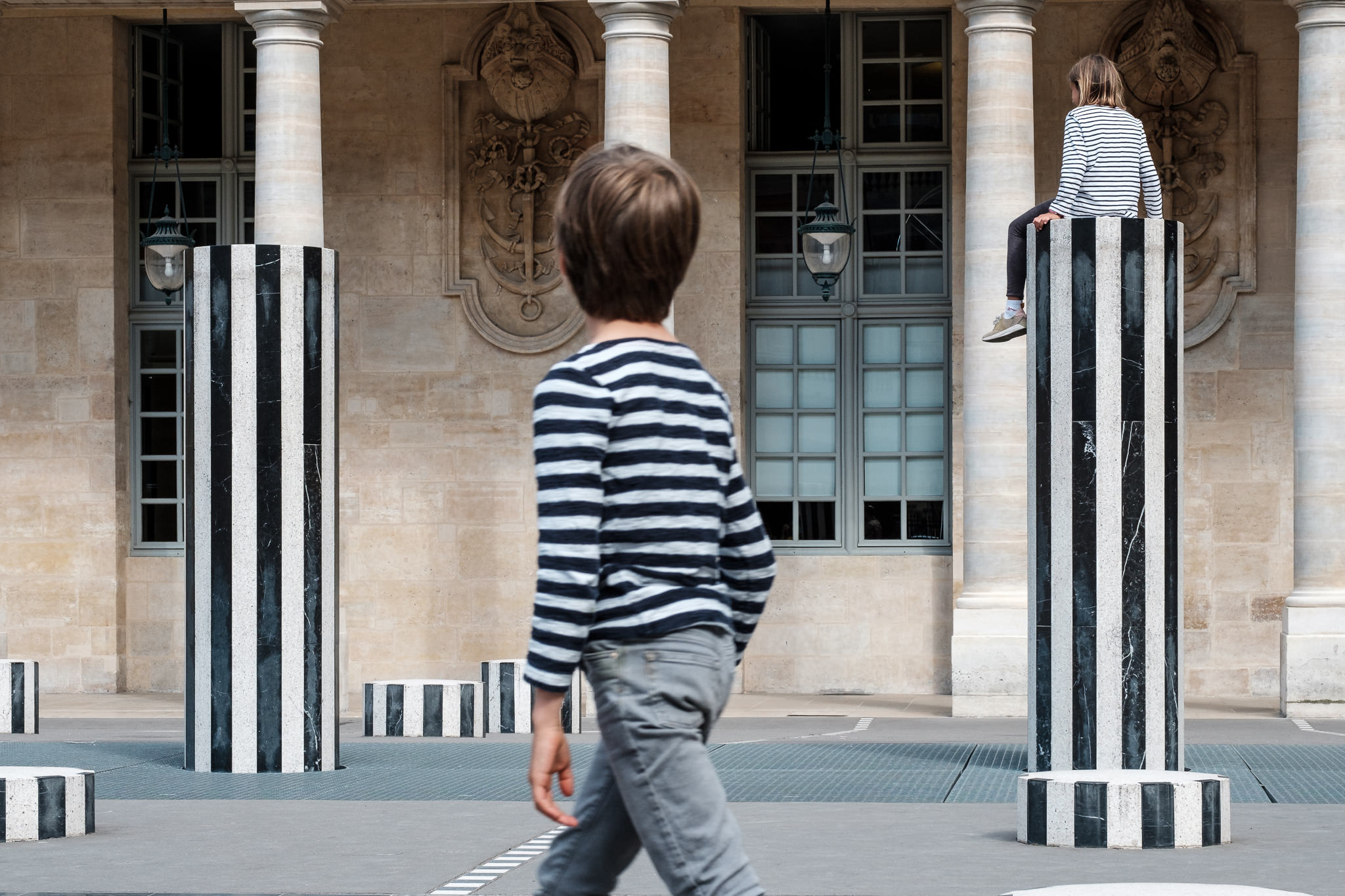The Greatest Guide To Street Photographers
The Greatest Guide To Street Photographers
Blog Article
What Does Street Photographers Mean?
Table of ContentsStreet Photographers - The FactsStreet Photographers Things To Know Before You BuyGet This Report on Street PhotographersOur Street Photographers PDFsNot known Facts About Street Photographers
Street digital photographers do not necessarily have a social purpose in mind, yet they favor to isolate and record minutes which could otherwise go unnoticed.Though he was affected by much of those who influenced the road digital photographers of the 1950s and '60s, he was not primarily thinking about recording the spirit of the road. The impulse to aesthetically document people in public began with 19th-century painters such as Edgar Degas, douard Manet, and Henri de Toulouse-Lautrec, who worked side by side with professional photographers attempting to capture the essence of metropolitan life.
Due to the fact that of the comparatively primitive modern technology offered to him and the lengthy exposure time needed, he struggled to catch the stress of the Paris roads. He trying out a collection of photographic approaches, attempting to discover one that would permit him to capture movement without a blur, and he located some success with the calotype, patented in 1841 by William Henry Fox Talbot. In contrast to Atget, photographer Charles Marville was worked with by the city of Paris to create an encyclopaedic paper of Haussmann's metropolitan preparation project as it unravelled, hence old and new Paris. While the photographers' topic was basically the very same, the outcomes were significantly different, showing the effect of the photographer's bent on the personality of the pictures he generated.
Offered the fine top quality of his photographs and the breadth of material, designers and musicians commonly got Atget's prints to make use of as reference for their own job, though business rate of interests were hardly his primary inspiration. Rather, he was driven to picture every last residue of the Paris he enjoyed. The mingled enthusiasm and seriousness of his goal sparkle through, causing pictures that tell his own experience of the city, qualities that anticipated street digital photography of the 20th century.
Street Photographers Can Be Fun For Anyone
They reveal the city with his eyes. His work and fundamental understanding of digital photography as an art kind worked as ideas to generations of digital photographers that followed. The future generation of road digital photographers, though they likely did not describe themselves thus, was ushered in by the photojournalism of Hungarian-born digital photographer Andr Kertsz.
Unlike his peers, Brassa made use of a larger-format Voigtlnder cam with a much longer exposure time, forcing him to be extra calculated and thoughtful in his technique than he might have been if utilizing a Leica.
Cartier-Bresson was a champion of the Leica cam and one of the first professional photographers to optimize its capacities. The Leica enabled the photographer to interact with the environments and to catch moments as they happened. Its relatively tiny size also helped the professional photographer discolor into the history, which was Cartier-Bresson's preferred approach.
Fascination About Street Photographers
It is advice due to this essential understanding of the art of picture taking that he is commonly attributed with rediscovering the medium all over once more approximately a century given that its development. He took photos for greater than a half century and influenced generations of photographers to trust their eye and intuition in the minute.
These are the concerns I shall attempt to address: And afterwards I'll leave you with my own definition of road digital photography. Yes, we do. Let's begin with specifying what a meaning is: According to (Street Photographers) it is: "The act of specifying, or of making something certain, distinct, or clear"
No, definitely not. The term is both limiting and misguiding. Appears like a road digital photography must be images of a streets ideal?! And all road digital photographers, besides a tiny number of outright newbies, will completely appreciate that a road is not the vital part to street photography, and in fact if it's a photo of a street with possibly a few monotonous people not doing anything of rate of interest, that's not road digital photography that's a photo of a street.
Unknown Facts About Street Photographers
He makes a valid point don't you believe? Nonetheless, while I concur with him I'm uncertain "honest public digital photography" will certainly catch on (although I do type of like the term "candid photography") news since "road digital photography" has been around for a long period of time, with several masters' names affixed to it, so I think the term is here to remain.
You can shoot at the coastline, at a celebration, in an alley, in a park, in a piazza, in a cafe, at a museum or art gallery, in a city terminal, at an event, on a bridge, under a bridge ...
Yes, I'm afraid we terrified no choice! Without regulations we can not have an interpretation, and without a meaning we don't have a category, and without a category we do not have anything to specify what we do, and so we are stuck in a "guidelines definition style" loop!
3 Easy Facts About Street Photographers Described

Report this page